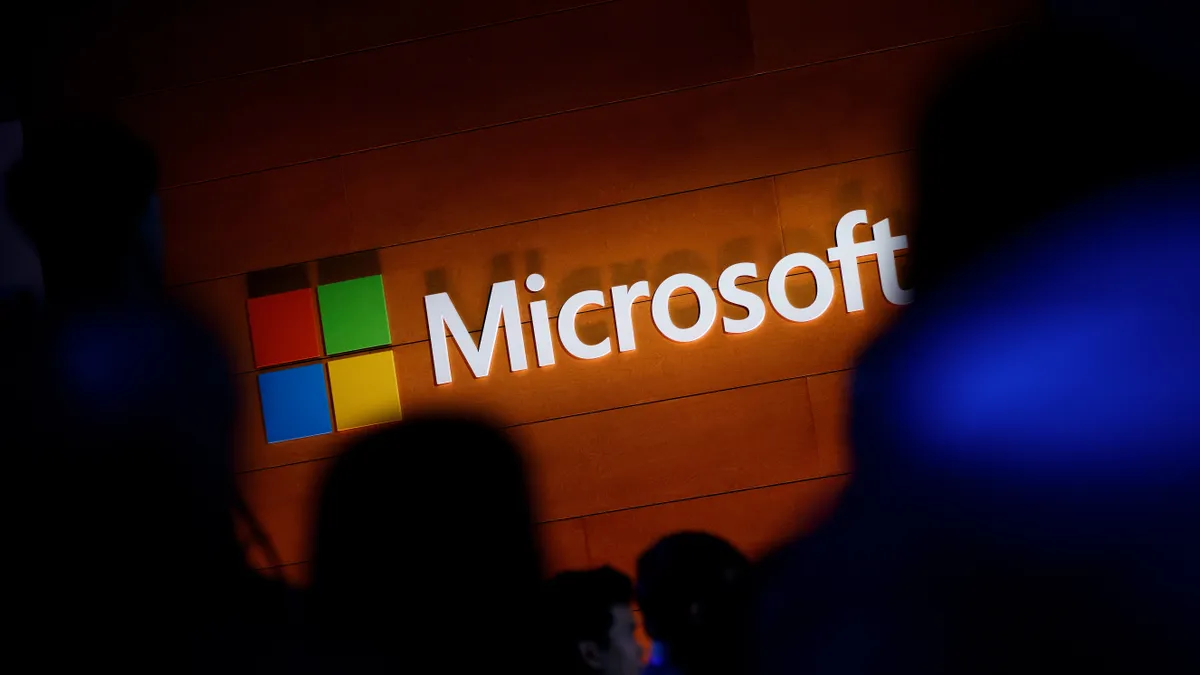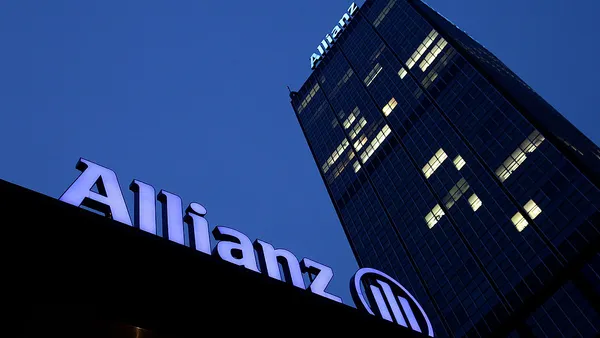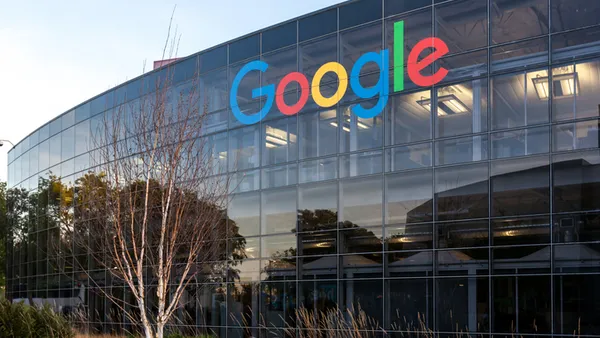Dive Brief:
- Microsoft launched an ESG reporting tool Wednesday, which allows companies to streamline, simplify and accelerate the reporting process, as more companies become subject to sustainability disclosure requirements.
- The Project ESG Reporting (preview) platform comes pre-synced with a broad range of ESG standard and framework templates that can be populated and re-used to generate future reports. The tool also permits companies to create their own custom templates.
- The tool offers templates for the European Union’s Corporate Sustainability Reporting Directive, as well as the Global Reporting Initiative and International Sustainability Standard Board’s International Financial Reporting Standards frameworks, among others.
Dive Insight:
The tech giant also released a demo video of the ESG reporting tool, providing a visual presentation of what the user experience would look like. The demo outlined how companies can collect data on metrics such as scope 1 and scope 2 emissions and insert them into templates for various ESG standards and frameworks. The tool also acts as a central repository that can store companies’ ESG data and reports, per the demo.
Microsoft said the tool comes with a disclosure generation feature that is tied to its spreadsheet program Excel, minimizing the time companies would have to spend to manually compile corporate sustainability disclosures.
A recent KPMG study of business leaders at global public and private organizations with at least $1 billion in annual revenue found 47% of respondents still used spreadsheets for sustainability reporting.
The tool also offers an integration feature that pairs data with the Microsoft Sustainability Manager, a platform that provides environmental data insights and helps companies better calculate their emissions.
The company said it had also enhanced an emissions calculation feature in the Microsoft Sustainability Manager. This will now allow users to tailor emissions calculations to the requirements of various regulatory bodies and region-specific reporting standards and apply multiple calculation methodologies for each emission category under scopes 1, 2 and 3.
The launch builds on the computer software provider’s existing sustainability management suite, which includes the Microsoft Cloud for Sustainability and the Microsoft Sustainability Manager.
Aside from its sustainability reporting suite, Microsoft has also invested in a spate of green initiatives to mitigate its own carbon footprint and work toward its sustainability targets, which include a goal of becoming carbon negative by 2030.












